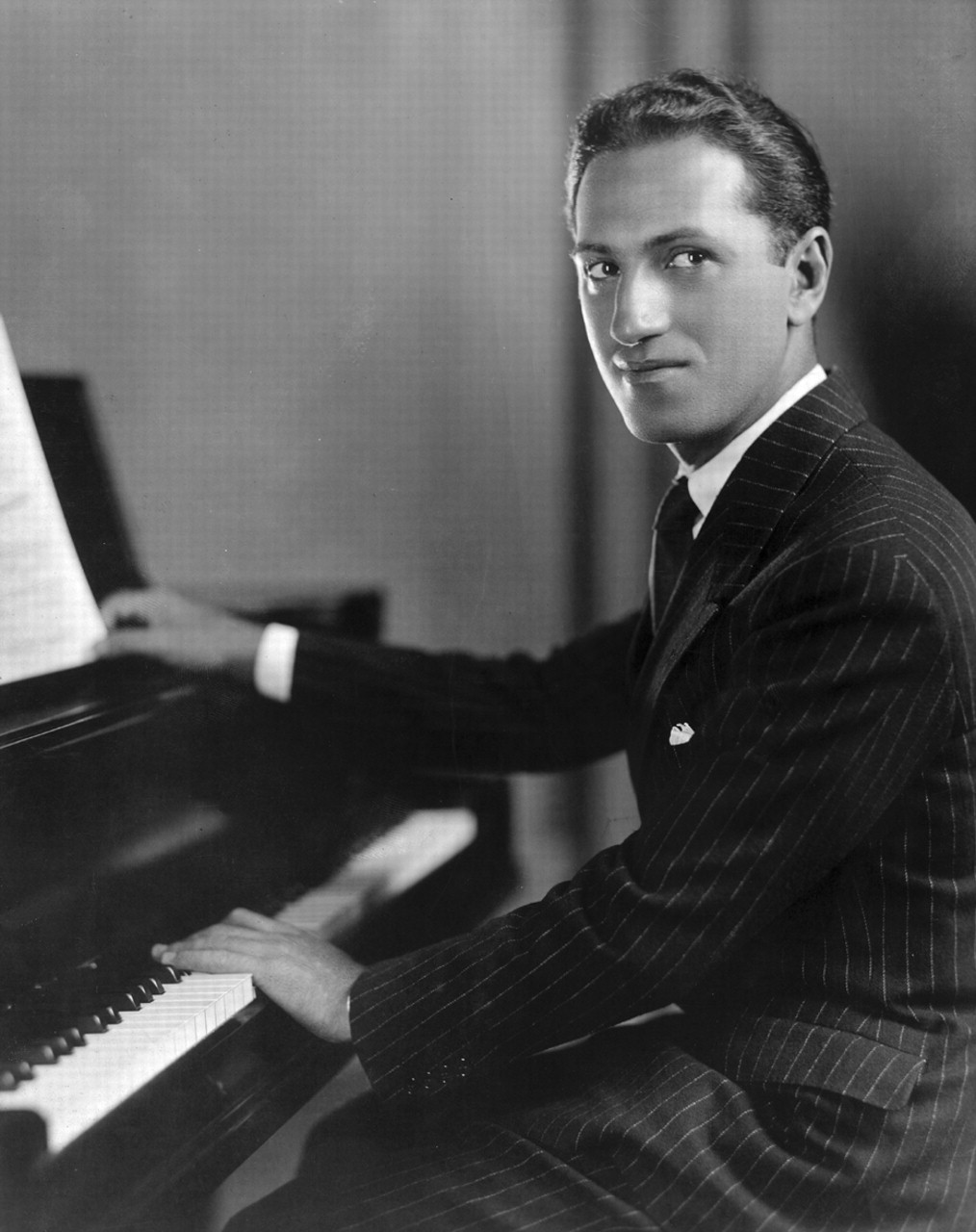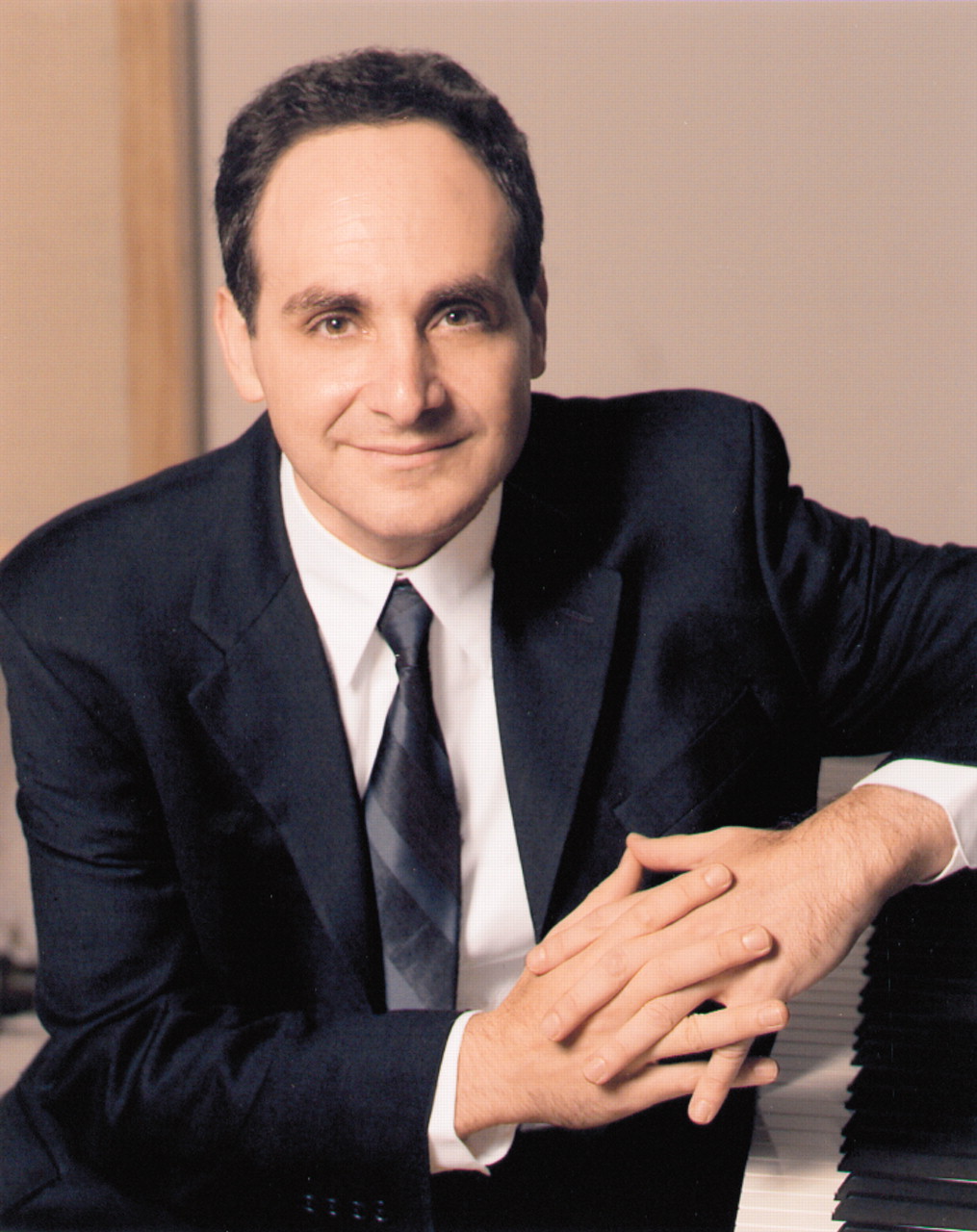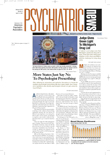In the early 20th century, there was a boy named George who was constantly getting into trouble. He played hooky from school, got into fights, and stole things. He had what today would likely be recognized as a conduct disorder. What’s more, he showed a fair amount of impulsivity, inattentiveness, and hyperactivity and thus may have had attention-deficit/hyperactivity disorder as well.
Then one day he discovered music. It changed his life, and George Gershwin became one of the century’s great composers.
Indeed, those who love the music of Gershwin and would like to learn more about him—especially about how his mental states influenced his compositions—should attend the forum on Gershwin that will be presented at APA’s 2003 annual meeting in San Francisco in May.
The forum is titled “Music and the Mind: George Gershwin” and will be presented by Richard Kogan, M.D., of New York City. In addition to being a psychiatrist, Kogan is also a highly acclaimed concert pianist (
see box on facing page). He will be doing a sort of “show and tell”—not just talking about Gershwin’s life, but playing some of Gershwin’s music on the piano to illustrate various points.
“Gershwin led a life that is fascinating, and especially fascinating from a psychiatric perspective,” Kogan told Psychiatric News in an interview.
Kogan noted that it’s intriguing how music seems to have cured Gershwin’s apparent conduct disorder, especially as he did not come from a family with musical talent, which has been the case with most great composers. Secondly, Gershwin was intrigued by noises that put many people off and tended to hear them in a fast, clipped fashion. “I think he heard them that way in part because of his hyperactive nature,” said Kogan.
As Gershwin heard various sounds in a staccato fashion, he alchemized some of them into his music. In 1924, for instance, he took a train ride. The sound of the train engine and the train’s whistle inspired him to write the piece “Rhapsody in Blue.” In fact, he claimed that in hearing the sounds of the engine and the whistle, he heard the entire piece in his head. “I’ll try to demonstrate that a bit on the piano during the APA forum,” Kogan said.
Also, in 1928, while in Paris, Gershwin was so captivated by the squawks of Parisian taxi horns that he incorporated them into his composition “An American in Paris.”
Then in 1935, when he was 36 and at the peak of his career, Gershwin lost his usual verve and became severely depressed. He sought help from an esteemed psychoanalyst of the era, seeing him five times a week. During this period, he also set out to write the opera “Porgy and Bess.”
The opera is the story of an impoverished African-American community, of hardship and betrayal. The opera’s song “Summertime” reflects a deep sadness. “But the opera’s ‘My Man’s Gone Now’ is unquestionably the most anguished song that Gershwin ever wrote,” Kogan declared. “In fact, it is probably one of the most anguished songs of the 20th century.”
In other words, the formerly egocentric, not particularly empathetic Gershwin had become much more sensitive to others because of his depression, Kogan explained. His depression gave “Porgy and Bess” a poignancy, a seriousness that his previous works had not possessed. “I will be illustrating these points when I play a piano transcription of ‘Porgy and Bess’ at the APA forum,” Kogan said.
Although “Porgy and Bess” was undoubtedly Gershwin’s greatest work, his life spiraled downward after it was written. When the opera opened in 1935, it met with little success. Months of psychoanalysis also failed to relieve Gershwin’s depression. “No, it was not a psychiatric success story,” Kogan lamented.
Further, Gershwin started showing signs of incoordination, smelled what appeared to be the odor of burning garbage during a rehearsal of “Rhapsody in Blue,” and experienced an increasing number of headaches that became increasingly painful. His physicians suspected that he had a brain tumor and recommended emergency surgery.
On July 11, 1937, surgeons found a massive tumor in Gershwin’s brain impinging on his olfactory nerve. Although they removed the tumor, he did not survive the operation.
“Yes, Gershwin’s depression was undoubtedly due to his brain tumor,” Kogan contends. “While writing ‘Porgy and Bess’ he was dying, but didn’t know it. Nonetheless, I think it was the depression plus dying that informed his ability to write something of such exquisite depth.”
The forum “Music and the Mind: George Gershwin” will be held Monday, May 19, from noon to 1:30 p.m. in Golden Gate Hall B, B-2 level, Marriott. ▪


